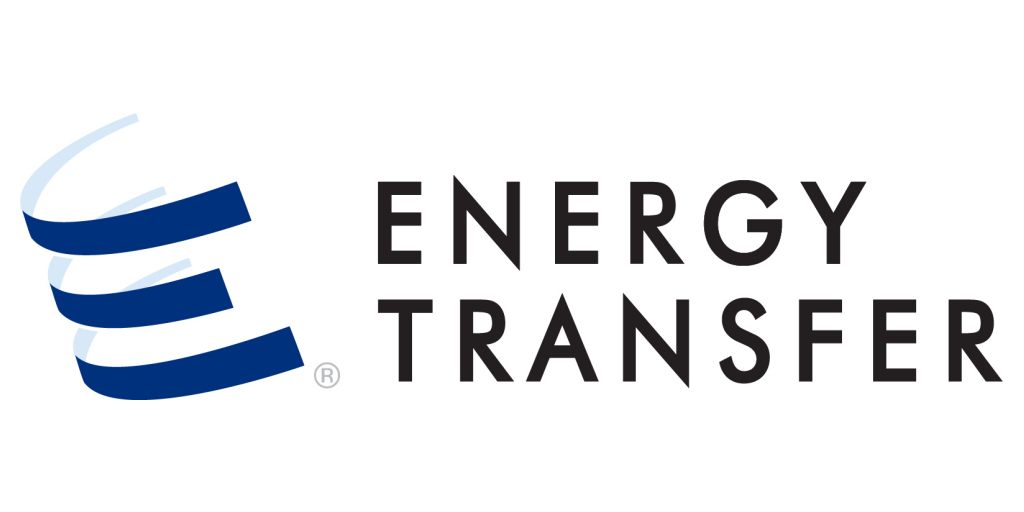Sign up for daily news updates from CleanTechnica on email. Or follow us on Google News!
With its rough, rocky coast, the US state of Maine may seem one of the least likely places to launch an offshore wind industry. Nevertheless, the Granite State has been prepping for such an event throughout the early 2000s, and all their dreams just might come true.
Another Big Step For The Maine Offshore Wind Industry
The big news around Maine is the environmental review for a new offshore lease area. In a statement issued just yesterday, the US Bureau of Ocean Energy Management announced that it has awarded a Final Environmental Assessment for a research-scale offshore wind site southeast of Portland, Maine.
“After carefully considering alternatives described and analyzed in the Final EA, as well as comments from the public and cooperating and consulting agencies on the Draft EA, BOEM finds that the issuance of a wind energy research lease within the proposed lease area offshore Maine, and related site characterization and site assessment activities, would have no significant impact on the environment,” BOEM stated.
The plan is to launch up to 12 wind turbines in the offshore area, with a combined capacity of up to 144 megawatts.
That’s small potatoes compared to other offshore sites along the Atlantic coast, but it’s a huge step for a state that is willing to take on unique challenges in the offshore wind area. If all goes according to plan, BOEM anticipates that the Gulf of Maine could yield up to 15 gigawatts’ worth of clean offshore kilowatts.
The characterization of the lease area as a research site also means that BOEM can move the approval process forward without having to issue an Environmental Impact Statement, which is required under the National Environmental Policy Act for commercial offshore wind leases.
Floating Offshore Wind Turbines To The Rescue
In case you’re wondering how Maine is going to deal with its less-than-optimal coastline, that’s a good question. Aside from the rocks and the unusual tidal activity in some areas, much of the state’s prime wind resources are located in water too deep for the conventional offshore turbines seen elsewhere along the Atlantic coast, perching on top of tall monopiles sunk into the seabed.
The answer is new floating offshore wind technology. Instead of sitting on monopiles, floating wind turbines deploy on platforms that are tethered to the seabed by cables.
Compared to monopile turbines, floating wind turbines involve a much more complex feat of engineering, which explains why they are only just beginning to emerge in the offshore wind industry (see more floating turbine stories here).
Floating Wind Turbines For The USA
The US Department of Energy has been supporting floating wind research programs here in the US, only to see the technology float off to France and elsewhere.
Part of the challenge is the relatively high cost of floating platforms. That’s an angle researchers in Maine have been exploring for years, and progress has been a long time coming.
CleanTechnica caught up with the state of affairs back in 2019, when we noted that wind fans in the state “suffered a disappointing blow” several years before, in 2014.
“[F]ormer Governor Paul LePage ixnayed a gigantic offshore wind proposal from Statoil, but he did greenlight a more modest floating wind turbine R&D project involving the University of Maine’s 1/8 scale VolturnUS floating wind turbine prototype, spearheaded by the firm Maine Aqua Ventus,” CleanTechnica noted.
“A generous grant from the US Department of Energy sweetened the pot, and now it looks like all that hard work is about to pay off,” we added.
In answer to the platform challenge, VolturnUS deploys concrete to help reduce costs. “The University of Maine’s patented VolturnUS is a transformational floating concrete hull technology to harness offshore wind energy with the potential to significantly reduce the cost of offshore wind,” the school explains.
“VolturnUS can support wind turbines in water depths of 45 meters or more,” the school also notes.
Local Sourcing Is The Key
Concrete is not the first material that comes to mind for flotation. However, the school’s Advanced Structures & Composites Center at the University of Maine, explains that the hull design was “inspired and built like an upside-down bridge” to resolve that issue.
CleanTechnica caught up with the project last fall, when we observed that the University of Maine project has been paying attention to local sourcing as an additional cost-cutting strategy.
“ASCC notes that the new hull deploys standard pre-cast bridge construction techniques that can be deployed practically anywhere in the world. Unlike steel construction, the materials can be locally sourced, and the developer can make use of local labor,” we noted.
Concrete also avoids the corrosion risks that bedevil steel components, which can help reduce lifetime maintenance costs. “Another advantage is the heavier weight of the concrete structure, which acts as a cushion against wave motion,” we also noted.
Next Steps For Maine Offshore Wind Industry
Don’t get too excited about Maine just yet. Aside from technology challenges, Maine Governor Janet Mills is facing blowback against her administration’s selection of undeveloped land on Sears Island to develop as an offshore services hub and port facility.
Nevertheless, Governor Mills and other policymakers are not about to pull another Paul LePage on the state’s offshore wind stakeholders. Quite the opposite, in fact. Aside from accessing zero-emission electricity in the age of climate change, state policymakers have been eyeballing offshore wind as a major new job-creating industry for Maine, including academic and research positions.
Last year, Maine issued a detailed roadmap for the state’s floating wind industry, towards a goal of 3,000 gigawatts of offshore wind by 2040.
Among other details, the roadmap also takes note of innovative offshore technology developed through the University of Maine. In addition to the VolturnUS concrete hull, the Maine Offshore Wind Roadmap lists a floating LIDAR system called called “DeepCLi-DAR,” developed as to assess wind resources. The Roadmap also describes new reduced-impact synthetic mooring lines and “the largest polymer 3D printer that can be used in the production of composite components and tooling.”
As of last year, things were moving along at a good clip towards floating a full scale, 11-megawatt demonstration turbine out to sea, under the wing of the firm New England Aqua Ventus. Initially, NEAV was a joint venture of the University of Maine, RWE Renewables, and the Diamond Offshore Wind branch of Mitsubishi. RWE reached out to CleanTechnica with an update last fall, to let us know that the company was selling its shares in NEAV to Diamond Offshore Wind, along with its shares in the Maine Research Array.
“The company remains optimistic about future commercial opportunities, including in the Gulf of Maine, to deliver floating offshore wind at scale into New England,” RWE told CleanTechnica.
As for Maine, the state is determined to grid-connect its floating turbine before any other state in the US, so stay tuned for more on that.
Follow me @tinamcasey on Bluesky, Threads, Instagram, and LinkedIn.
Image (screenshot): Maine Offshore Wind Roadmap February 2023.
Have a tip for CleanTechnica? Want to advertise? Want to suggest a guest for our CleanTech Talk podcast? Contact us here.
Latest CleanTechnica.TV Videos
CleanTechnica uses affiliate links. See our policy here.





